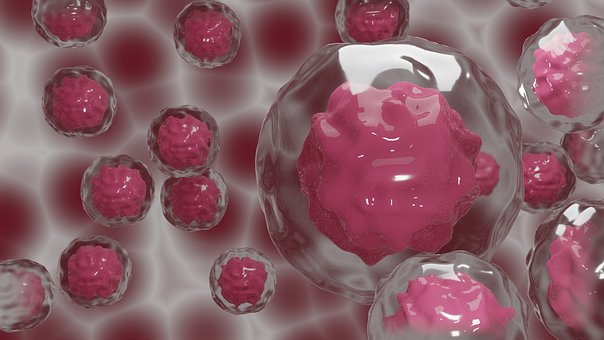Scientists have made a groundbreaking discovery in the field of regenerative medicine, unveiling a new method for delivering particles into stem cells, which are notoriously challenging to penetrate. This development is a significant step forward in controlling and enhancing the regenerative medicine processes.
Regenerative medicine relies on stem cells in our body that have the ability to transform into various cell types, including heart or nerve cells, which are vital for the regeneration of damaged tissues and organs. Therefore, stem cells offer the most promising treatments for many diseases.
However, controlling the type of cell the stem cells turn into has been a major obstacle. Scientists have been inserting genetic information into the stem cells’ nucleus to direct them, but stem cells have a protective barrier, similar to our skin, that makes this process difficult.
The scientists have discovered a way to bypass this barrier using rat stem cells, creating a more efficient method of controlling the stem cells’ type of cell.
Dr Gang Ruan, a lead researcher from Xi’an Jiaotong-Liverpool University in China, said, “Our new method means we can deliver genetic information to the stem cells more quickly and efficiently and control the kind of cell they become.”
Using the new method, scientists can grow stem cells outside the body and insert specific genetic information to cause them to differentiate into a particular type of cell. Once the cells have transformed into the target cell type, they can be put into the damaged area of the body to help restore it.
The team discovered that coating the nanoparticles in a type of polymer helped them to get into the stem cells, making the delivery of genetic information more efficient. However, this method is still in the early stages of development, and there’s a long way to go before it can be used clinically.
The team also found that stem cell membranes were harder to penetrate than other cell types, which made it challenging for nanoparticles to pass through. But, by understanding more about stem cell properties, scientists can further develop stem cell delivery using coated nanoparticles and optimize future regenerative therapies.

